1
Introduction
This product is a development board for Holtek’s 32-bit MCU HT32F52367, specifically designed to be pin-compatible with the Arduino Nano development board, supporting both the Arduino IDE and Keil IDE, making it easier for beginners to learn programming.
The BM18B367A uses the HT32F52367, a Cortex®-M0+ core at 3.3V, as the main MCU, supporting various power supply methods and providing additional common communication interfaces such as I2C, SPI, and UART.
Pin Compatibility with Arduino Nano
The BMduino-Nano BM18B367A is pin-compatible with the Arduino Nano, with a voltage level of 3.3V (whereas the Arduino Nano operates at 5V). In addition to the standard Arduino Nano pin layout, the BM18B367A also provides BMCOM2, designed with a jumper cap to set the connector’s voltage level to 3.3V or 5V. The onboard voltage conversion circuit allows you to connect modules that operate at 5V directly to BMCOM2 without worrying about voltage conversion issues.
Programming Method
This product features an e-Link32 Lite circuit for debugging and programming, so there is no need to use the TX and RX pins during programming (which are required for the Arduino Nano). The Arduino Nano has a 6-pin ICSP connector, but this product does not require ICSP functionality, so this 6-pin connector is designed as BMCOM2.
Development Environment
In addition to working in the Arduino IDE development environment, this product can also operate in the Keil IDE development environment, functioning similarly to the ESK32-30510, HT32F52367 development kit.
What is BMCOM?
BMCOM is an ecosystem composed of I2C/UART modules, including sensors, actuators, displays, and wireless modules, which can accelerate prototyping. BMCOM connectors come in two types: BMCOM1 is a 5-pin connector with a 2.54mm pitch, while BMCOM2 is a 5-pin JST connector with a 1mm pitch.
The compact size of the BMduino-Nano BM18B367A retains only BMCOM2; the BMduino-UNO BM53A367A has both connectors.
BMduino-UNO vs. BMduino-Nano
2
Features
-
MCU: HT32F52367 (64-pin LQFP package) – Cortex®-M0+, 60MHz – Flash memory: 256KB – SRAM: 32KB -
26 digital I/O pins (16 of which can be used as PWM outputs)
-
9 analog inputs, A/D converter resolution of 12-bit
-
14 external interrupts
-
Communication interfaces: UART, SPI, I2C
-
Power input: USB interface, external Vin – e-Link32 Lite USB: Type-C USB interface – External Vin: Vin pin, voltage range DC 7V~24V
-
Debugging tool: e-Link32 Lite (ICE), for program debugging via the e-Link32 Lite circuit on the development board
-
Programming methods: – ICP (In-Circuit Programming): via the e-Link32 Lite circuit on the development board – IAP (In Application Programming): via COM port (same as Arduino Nano)
-
Development environment: supports Arduino IDE and Keil IDE
-
Connectors: – BMCOM2: 1.0mm pitch, selectable 3.3V or 5V
-
Pin-compatible with Arduino Nano development board
-
Dimensions: 18 x 50 x 18.4 mm
-
Net weight: 7.3g
-
Product includes: 1. BM18B367A x 1 | 2. Jumper cap x 1
3
Block Diagram
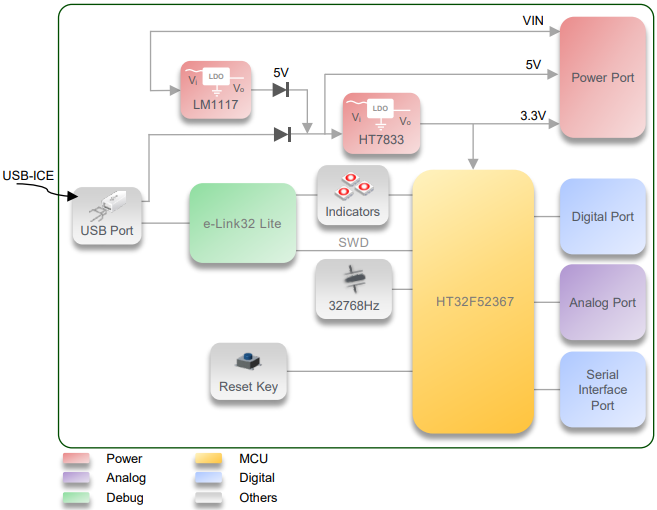
4
Pin Description
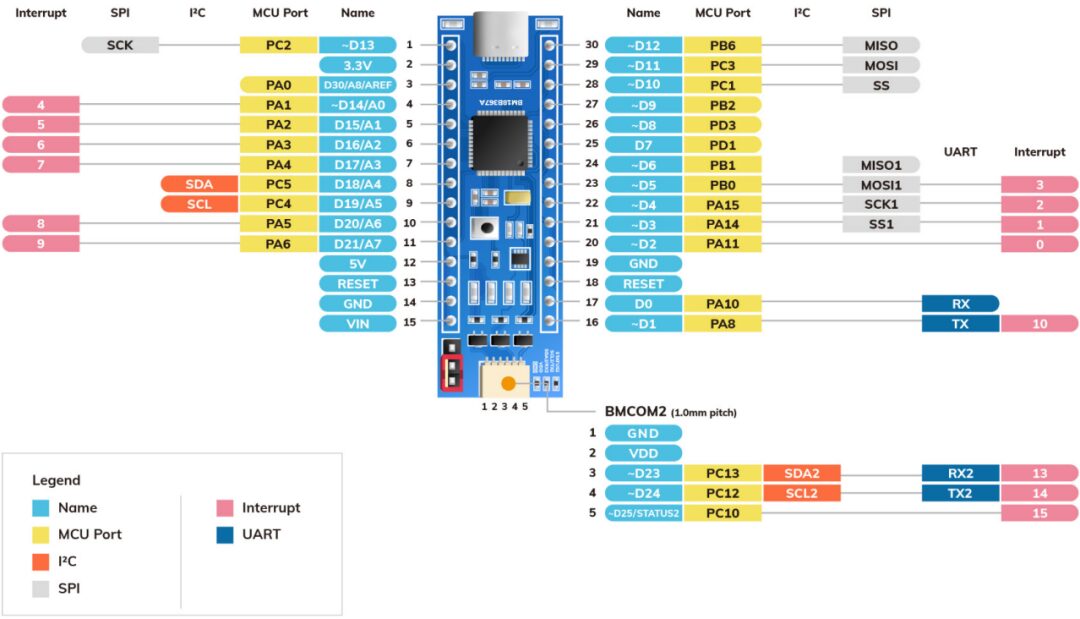
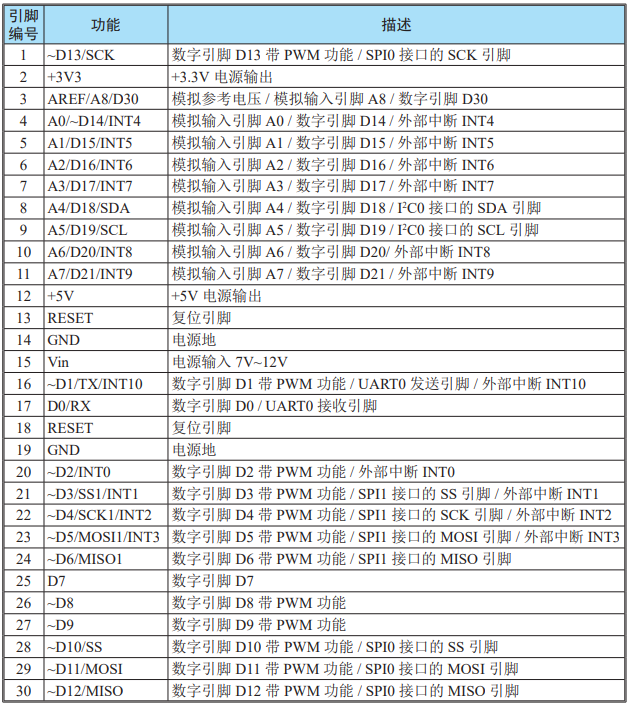
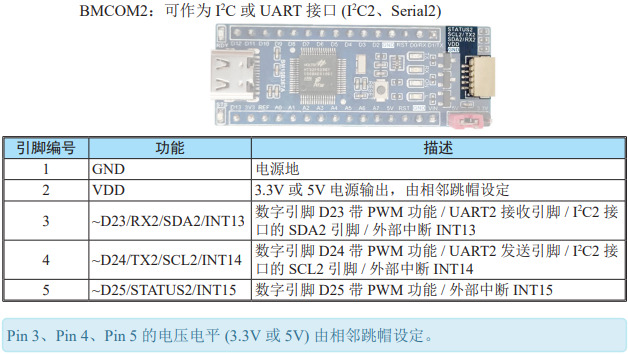
5
Comparison with Arduino Nano
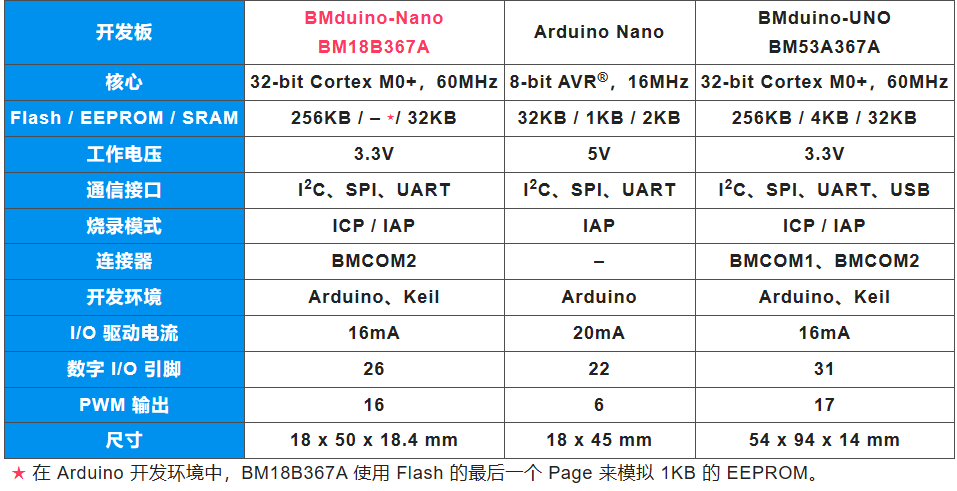
6
Arduino Library Reference
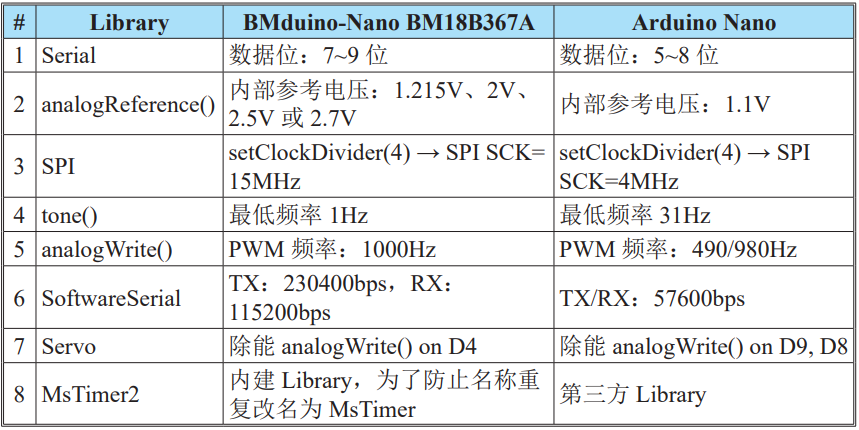
END
Long press the QR code to follow us
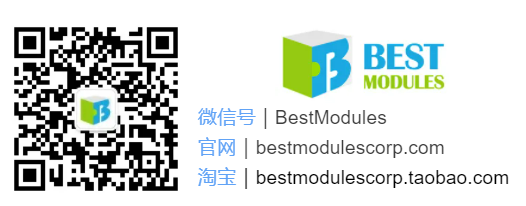

Click “Read Original” to download detailed information about this article